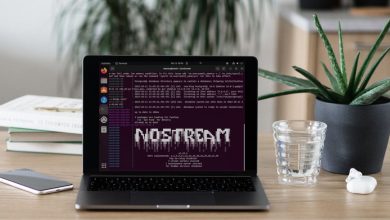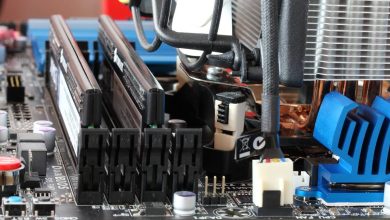7 Ways to Lock Your Windows Computer

When stepping away from your PC, it is recommended that you lock your computer, not only to conserve battery life, but also to safeguard privacy. The most common method is pressing Ctrl + Alt + Del on your keyboard, then selecting “Lock.” However, there are numerous other ways to lock your PC.
Good to know: check out this list of the best free software and apps for Windows.
1. Keyboard Shortcut
Did you know that you can quickly lock your Windows computer by pressing the Win + L keys together on your keyboard? There’s no need to navigate through any menus, as the keyboard shortcut will instantly lock your computer.
The Windows Start menu includes an alternative way to lock your computer.
Click the Start button from the taskbar.
Click the account/user name you’re currently using, then click “Lock” from the pop-up menu to quickly lock your Windows PC.
Tip: Start menu search not functional? Check out our list of fixes to see how you can solve the problem.
3. Task Manager
When you encounter an issue with your computer, opening Task Manager is usually the go-to solution. However, did you know that you can also use it to secure your Windows device? Follow the steps below.
Press Ctrl + Shift + Esc to quickly launch Task Manager.
Click “Users” on the left, then select your user account on the right. Press the “Disconnect” button at the top.

Click “Disconnect user” in the confirmation dialog to lock your Windows computer.

FYI: has Task Manager been disabled by the administrator? Learn how to troubleshoot.
4. Via Run
You can also use the Run utility to lock your device with a straightforward command.
Press Win + R to launch the Run utility.
Type the below command, and click the “OK” button to lock your PC.
Rundll32.exe user32.dll,LockWorkStation

5. Command Line
You can utilize the same command as above with a command line interface to lock your PC. In this example, we’re using PowerShell.
Press Win + X, and select “Terminal (Admin)” from the list to open PowerShell.

Type the command below, and press the Enter key to lock your computer.
Rundll32.exe user32.dll,LockWorkStation

Tip: interested in learning the differences between PowerShell and Command Prompt? Read on for the details.
6. Auto Locking After Specific Timeout
Do you have a screen saver enabled on your PC? If not, you may want to set one up. It will also secure your device when it’s not in use.
Type “screensaver” in the Search bar, and click the best match below.

Click the drop-down box, select a screen saver of your choice, then set a value for “Wait” to configure the duration of inactivity after which the screensaver will be activated. Don’t forget to click the “On resume, display logon screen” checkbox.

Click “Apply -> OK” to save the settings.
Your Windows computer will display a screensaver if there is no activity for a certain period of time. When it resumes, the logon screen will appear, and you’ll be prompted to input the password/PIN.
FYI: is your Windows screensaver not working properly? Learn how to fix that.
7. Desktop Shortcut
You can create a desktop shortcut and lock your PC simply by double-clicking it.
Right-click anywhere on the blank area of your desktop, and select “New -> Shortcut.”

In the new dialog, type the following in the box: “Rundll32.exe user32.dll,LockWorkStation.”

Name your shortcut via the box provided, and click “Finish.”

The shortcut icon for locking your PC will be added to your desktop. Launch the shortcut when you need to lock your device.
Keeping Prying Eyes Away from Your Screen
By utilizing any of these methods, you’ll be logged out of your Windows computer, and all active tasks will be put on hold. Once you log back in, all programs will resume as usual. If you plan on being away from your computer for an extended period, it may be better to put your Windows PC into sleep mode.
Always lock your device in your workplace when you’re not around to protect your privacy. Read on for more information on optimizing your Windows computer’s privacy settings.
Image credit: Pexels. All screenshots by Meenatchi Nagasubramanian.
Subscribe to our newsletter!
Our latest tutorials delivered straight to your inbox




